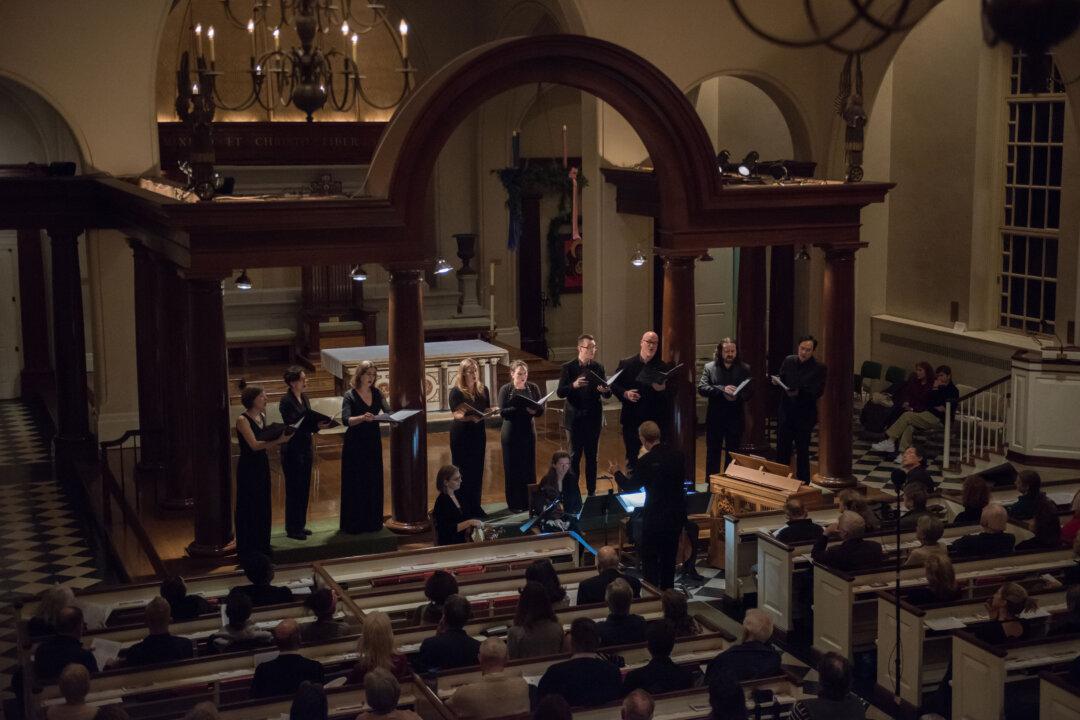The technique of tone painting goes as far back as the history of music. Even in the time of Gregorian chants, singers used little musical patterns to depict specific emotions and ideas expressed in the text. The idea of ascension might be accompanied by notes moving up the scale, or strife may be indicated by discordant harmonies.
This technique was used especially during the course of the Renaissance in Europe, where, building off the music of the Franco-Flemish school, Italian and English composers were writing madrigals. These secular, multivoiced songs influenced other music at the time as well. Sacred music, too, was incorporating more of such tone-painting techniques.






